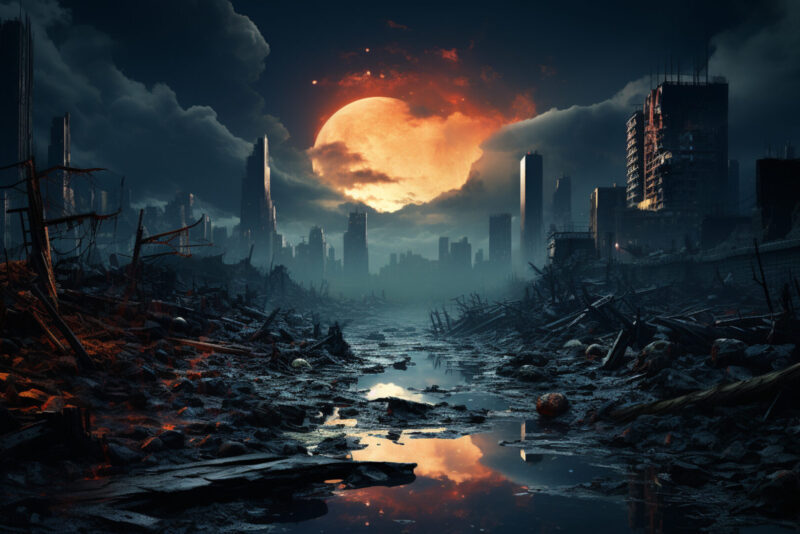Could a cyberattack like Netflix’s ‘Leave the World Behind’ happen in real life?
Netflix’s latest apocalyptic thriller ‘Leave the World Behind’ recently caught the attention of our cybersecurity experts. If you haven’t watched or heard about it yet, in this film, the United States is under a cybersecurity attack that takes down the country’s entire technological infrastructure, from the internet to phones to TVs, causing chaos and unrest.
Starring Julia Robers and Ethan Hawke, the film is based on the 2020 novel of the same name. As the narrative unfolds, strange incidents start taking place, such as airplane crashes, an oil tanker running ashore, and Teslas going rogue.
But is that even possible in real life? Should you be concerned and start looking for a bunker for safety? ANS General Manager for Security, Stephen Crow, shares his perspective in this post.
While this is a terrifying scenario, it is highly unlikely. Causing mass outages across an entire country and compromising all critical networks simultaneously, including ISPs, satellite networks, and radio transmissions, is far-fetched in our current world. An orchestrated attack like this would require massive coordination efforts for it to be effective.
Taking out a country completely would mean destroying a network built over decades and interfering with networks such as undersea Kevlar-protected fibre cables. And this is without taking into account the resilience that the country’s processes and systems have built.
This doesn’t imply that small-scale attacks aren’t real. We’ve seen targeted attacks, such as the recent hit on one of Ukraine’s telecommunication providers, Kyivstar, interrupting services for many days. Or isolated attacks against the Iranian nuclear production program through Stuxnet. But coordinating these on a large scale against multiple telecommunications providers, energy systems, satellite communications, and utilities is hard to believe.
The film also takes creative liberties in exaggerating some aspects. Take, for instance, a scene where the navigation systems of aeroplanes and ships are compromised, causing them to crash. It completely misses the concept of fault tolerance and high availability in an industry like aviation.
Airplanes use fault tolerance by creating redundant systems in isolation. If one system fails, a completely independent second system can take over. If both these fail, manual controls are used. This methodology is used in multiple industries to build resilience against availability issues.
It would have been much more realistic, if horrific, had they shown an airport with flights crash landing, as without Air Traffic Controls (ATC), it would be impossible to coordinate all those planes and land them safely.
In another scene, hundreds of Tesla’s self-driving cars are compromised and crashed, causing wrecks. This again remains one for the movies. Is it possible to breach the company by taking advantage of a vulnerability? Yes. Controlling all cars together and making them crash unexpectedly? No.
There are some realistic elements, too. One extremely interesting thing for me was how higher-frequency sound was used as a weapon to cause discomfort for people. We’ve seen instances like this throughout history. I recommend reading the book “Sonic Warfare: Sound, Affect and the Ecology of Fear” which delves deep into how sound can be deployed to produce discomfort, express a threat, or create an ambience of fear or dread.
There are also instances in the movie where the attackers try to distil misinformation by distributing pamphlets in a foreign language, suggesting a foreign country’s involvement in the attack. Spreading lies to cause confusion and chaos has already been happening worldwide and is only worsening.
With the rise of AI-generated voice and video to misinform and imitate, these events will only get worse, with citizens doubting the integrity of the information provided to them. This is a valid concern and a true portrayal of the world we live in.
So overall, while the film exaggerates some aspects, it gives a lot for us to ponder. Cyberattacks are real, and we need to take measures that protect us. It also shows the sheer involvement of technology in our lives. It runs so deep that even losing internet access for a night gives us existential crises. As a character says, ‘Without my phone and GPS, I am a useless man”. We get you. But no, you don’t need a safety bunker for the time being.





